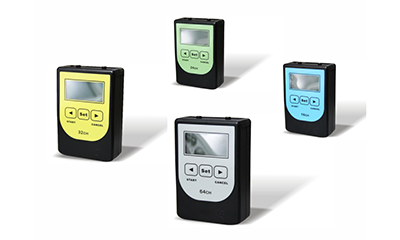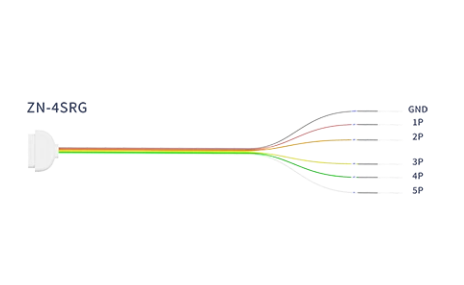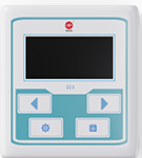Stay Ahead in Neuroscience with the Most Advanced Digital EEG Device
Introduction:
Neuroscience is a rapidly evolving field that explores the intricate workings of the human brain. As technology continues to advance, researchers and clinicians are constantly seeking innovative tools to enhance their understanding of brain function and improve patient care. One such tool that has revolutionized the field is the digital EEG device. This article will explore the benefits of using the most advanced NCC’s digital EEG device and how it can help researchers and clinicians stay ahead in neuroscience.

Understanding the Basics of EEG
Electroencephalography (EEG) is a non-invasive technique used to record the electrical activity of the brain. It involves placing electrodes on the scalp to detect and measure the electrical signals generated by the brain's neurons. These signals, known as brainwaves, provide valuable insights into brain function and can help diagnose various neurological disorders such as epilepsy, sleep disorders, and brain injuries.
The Advantages of Digital EEG Devices
Digital EEG devices have replaced traditional analog systems due to their numerous advantages. Firstly, digital devices offer higher resolution and sensitivity, allowing for more accurate and detailed recordings of brain activity. This increased precision enables researchers and clinicians to detect subtle abnormalities that may have been missed with analog systems.
Secondly, digital EEG devices provide real-time data acquisition and analysis. This means that researchers can monitor brain activity instantaneously, allowing for immediate feedback and adjustments during experiments or clinical assessments. Real-time analysis also enables clinicians to quickly identify abnormal brain patterns and make timely treatment decisions.
Advanced Features of Digital EEG Devices
The most advanced digital EEG devices come equipped with a range of features that further enhance their utility in neuroscience research and clinical practice. One such feature is the ability to perform high-density EEG recordings. High-density EEG involves using a larger number of electrodes, resulting in a more comprehensive and detailed mapping of brain activity. This technique is particularly useful for studying brain connectivity and identifying specific brain regions involved in various cognitive processes.
Another advanced feature is the integration of simultaneous video monitoring with EEG recordings. This allows researchers and clinicians to correlate specific behaviors or events with corresponding brain activity, providing valuable insights into the neural mechanisms underlying behavior. For example, in epilepsy research, video-EEG monitoring can help identify seizure onset zones and determine the most effective treatment strategies.
Data Analysis and Interpretation
Digital EEG devices are accompanied by powerful software that facilitates data analysis and interpretation. These software packages offer advanced algorithms for artifact removal, signal processing, and feature extraction. Researchers can use these tools to identify specific brainwave patterns, quantify their characteristics, and compare them across different experimental conditions or patient groups.
Moreover, digital EEG devices enable the integration of other neuroimaging techniques such as functional magnetic resonance imaging (fMRI) or positron emission tomography (PET). By combining multiple imaging modalities, researchers can gain a more comprehensive understanding of brain function and its relationship to behavior.
Future Directions and Challenges
As technology continues to advance, the future of digital EEG devices in neuroscience looks promising. Researchers are exploring the integration of machine learning algorithms to automate the analysis and interpretation of EEG data. This could significantly reduce the time and effort required for data analysis, allowing researchers to focus more on the interpretation and application of their findings.
However, challenges remain in terms of standardization and data sharing. With the increasing number of digital EEG devices and software options available, it is crucial to establish standardized protocols and data formats to ensure compatibility and reproducibility across studies. Additionally, efforts should be made to promote data sharing and collaboration to accelerate scientific progress in the field.
Conclusion:
In conclusion, the most advanced digital EEG devices have revolutionized neuroscience research and clinical practice. Their high resolution, real-time analysis capabilities, and advanced features make them indispensable tools for studying brain function and diagnosing neurological disorders. With ongoing advancements in technology and data analysis techniques, digital EEG devices are poised to continue driving innovation in neuroscience and help researchers and clinicians stay ahead in this rapidly evolving field.

 中文
中文 Arabic
Arabic Spanish
Spanish Hindi
Hindi French
French Indonesian
Indonesian Portuguese
Portuguese Persian
Persian Russian
Russian Korean
Korean German
German Vietnamese
Vietnamese Turkish
Turkish



